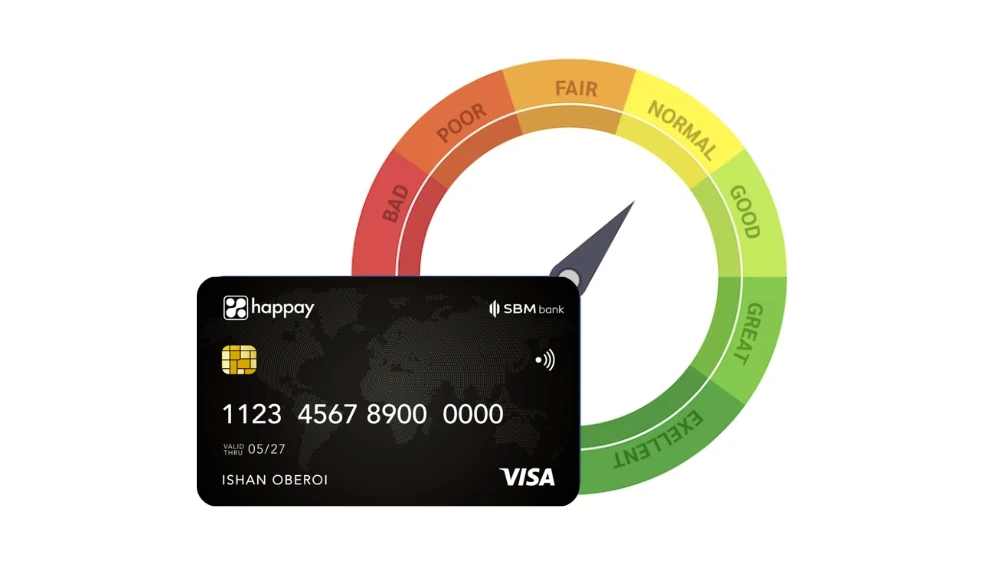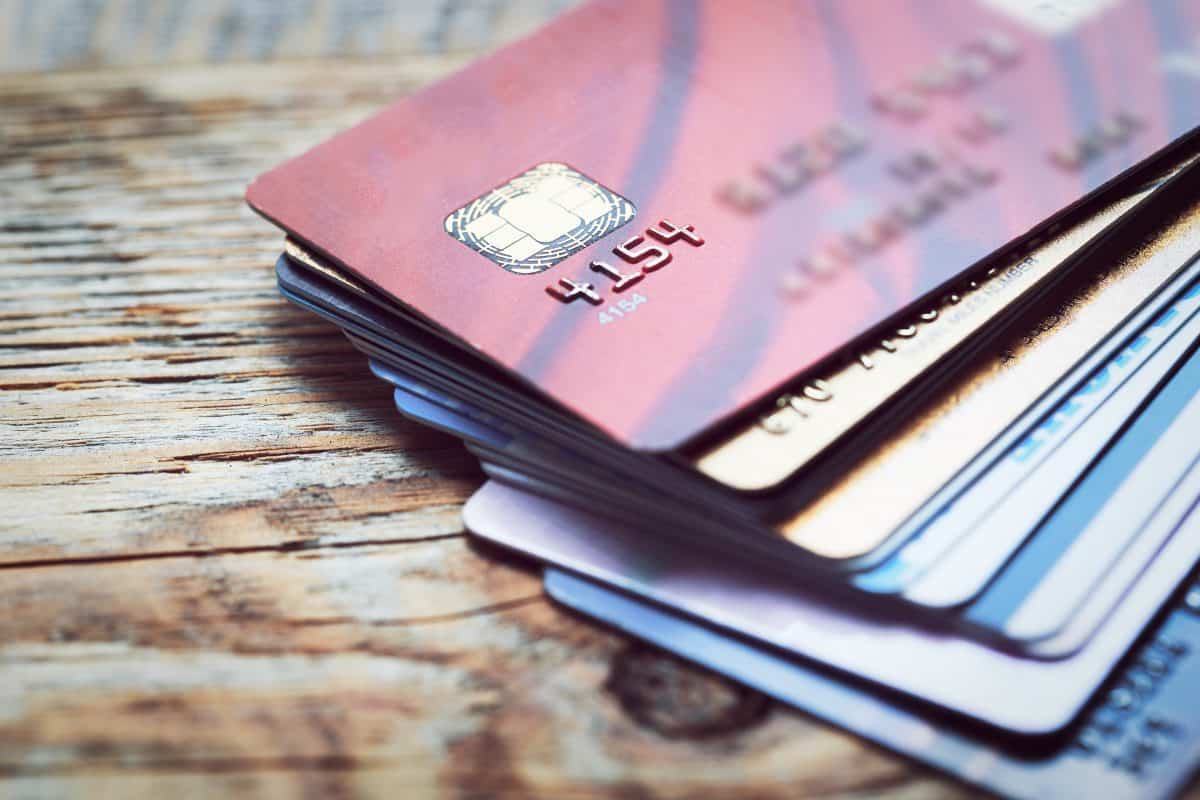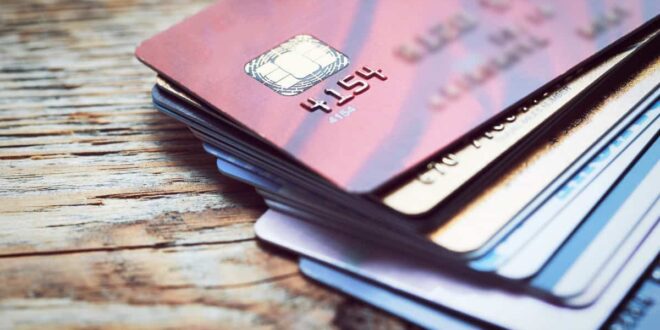Small business credit card limits are a crucial aspect of managing finances for entrepreneurs. These limits, often determined by a complex interplay of factors, directly impact a business’s ability to make purchases, manage cash flow, and ultimately, thrive. Understanding how these limits are set and what influences them is essential for navigating the world of business credit cards effectively.
From your business’s revenue and credit history to the industry you operate in, numerous variables come into play when determining your credit card limit. This guide delves into the intricacies of small business credit card limits, exploring the factors that influence them, the different types of cards available, and strategies for maximizing your credit card utilization while maintaining financial stability.
Understanding Small Business Credit Card Limits

Small business credit card limits are essential for managing finances and ensuring operational efficiency. Understanding how these limits are determined and how they affect your business is crucial for making informed financial decisions. This information will guide you in optimizing your credit utilization and maximizing your business’s potential.
Factors Determining Small Business Credit Card Limits
Several factors influence the credit card limit assigned to your small business. These factors are evaluated by credit card issuers to assess your business’s creditworthiness and risk profile.
- Credit History: A strong credit history, including timely payments on existing loans and credit cards, is a key factor in determining your credit limit. Lenders look at your business’s payment history to gauge its reliability and ability to repay debts.
- Business Revenue and Profitability: Credit card issuers analyze your business’s financial statements, including revenue, expenses, and profitability. Higher revenue and consistent profitability demonstrate a business’s ability to generate income and make timely payments.
- Time in Business: Established businesses with a longer track record tend to receive higher credit limits. This indicates stability and a lower risk profile for lenders.
- Industry and Business Type: Certain industries and business types may have higher credit card limits than others. For example, businesses with predictable revenue streams and low operating expenses may be eligible for larger limits.
- Credit Score: Your business’s credit score, calculated by credit bureaus, reflects your creditworthiness. A higher credit score generally translates to a higher credit limit.
- Debt-to-Income Ratio: This ratio compares your business’s total debt to its annual income. A lower debt-to-income ratio suggests a healthy financial position and can lead to a higher credit limit.
- Credit Utilization: Credit card issuers also consider how much of your available credit you are currently using. A lower utilization ratio (the percentage of your credit limit you are using) can indicate responsible credit management and potentially lead to a higher limit.
Credit Card Limits vs. Credit Lines
While often used interchangeably, credit card limits and credit lines have distinct meanings. Understanding this distinction is essential for managing your business’s credit effectively.
- Credit Card Limit: The maximum amount of credit you are allowed to use on a specific credit card. It represents the total amount you can charge before exceeding your available credit.
- Credit Line: The total amount of credit you are approved for across all your credit accounts. It represents the overall credit limit you have available from a particular lender.
Impact of Credit Card Limits on Small Business Operations
Credit card limits directly impact your business’s operations by influencing your purchasing power and financial flexibility. Understanding this impact is crucial for maximizing your credit card’s benefits.
- Purchasing Power: A higher credit limit allows you to make larger purchases, providing more flexibility in acquiring inventory, equipment, or other business necessities.
- Cash Flow Management: Credit cards can help manage cash flow by allowing you to make purchases without using your immediate cash reserves. This can be particularly helpful during seasonal fluctuations or unexpected expenses.
- Building Credit: Responsible credit card usage, including making timely payments and keeping utilization low, can help build your business’s credit score. This can open doors to better loan terms and financing options in the future.
- Rewards and Perks: Many small business credit cards offer rewards programs, such as cash back, travel miles, or points, which can provide valuable benefits for your business.
Managing Credit Card Limits Effectively

Effectively managing your small business credit card limit is crucial for maintaining financial stability and maximizing your business’s growth potential. By understanding the strategies for using your credit limit wisely and avoiding common pitfalls, you can optimize your credit utilization and ensure your business’s financial health.
Strategies for Maximizing Credit Card Utilization, Small business credit card limits
Maximizing credit card utilization involves using your credit card limit strategically without exceeding it. This ensures you benefit from the available credit while maintaining a healthy credit score.
- Plan Your Spending: Create a budget for your business’s monthly expenses and allocate a portion of your credit card limit for recurring payments. This helps you avoid exceeding your limit due to unexpected expenditures.
- Track Your Spending: Regularly monitor your credit card spending using online statements, mobile apps, or spreadsheets. This allows you to stay on top of your balances and avoid overspending.
- Utilize Autopay: Set up autopay for recurring bills to ensure timely payments and avoid late fees. This helps maintain a positive payment history and prevent missed payments that could negatively impact your credit score.
- Avoid Overspending: Avoid making large purchases that exceed your budget or credit limit. This prevents overspending and keeps your credit utilization ratio within a healthy range.
- Consider a Credit Limit Increase: If your business experiences growth and requires more credit, consider requesting a credit limit increase. This provides additional financial flexibility and allows you to make larger purchases.
Monitoring Credit Card Spending and Keeping Track of Balances
Monitoring your credit card spending and keeping track of balances is crucial for maintaining a healthy credit utilization ratio and avoiding overspending.
- Review Your Statements: Thoroughly review your credit card statements each month to identify any unauthorized transactions or errors. This helps you catch discrepancies early and avoid potential financial losses.
- Use Online Tools: Utilize online banking platforms and mobile apps to track your credit card spending in real-time. These tools provide detailed transaction histories and balance updates, allowing you to stay on top of your finances.
- Set Spending Limits: Establish spending limits for specific categories, such as travel, supplies, or marketing. This helps you control spending and avoid exceeding your budget.
- Track Your Credit Utilization: Monitor your credit utilization ratio, which is the amount of credit you’re using compared to your total available credit. Aim for a credit utilization ratio below 30% to maintain a positive credit score.
- Use Budget Apps: Consider using budgeting apps that automatically categorize your spending and provide insights into your financial habits. These apps can help you identify areas where you can reduce spending and improve your financial management.
Consequences of Exceeding Credit Card Limits
Exceeding your credit card limit can have significant financial consequences, including:
- Overdraft Fees: If your purchase exceeds your credit limit, you may incur overdraft fees, which can be substantial.
- Late Payment Fees: Failing to make your minimum payment by the due date can result in late payment fees, further increasing your debt.
- Negative Impact on Credit Score: Exceeding your credit limit can negatively impact your credit score, making it harder to obtain loans or credit in the future.
- Increased Interest Rates: Credit card companies may increase your interest rates if you frequently exceed your credit limit, making it more expensive to manage your debt.
- Account Closure: In extreme cases, exceeding your credit limit and failing to make payments can lead to your credit card account being closed, limiting your access to credit.
Advice for Avoiding Exceeding Credit Card Limits
- Plan and Budget: Create a detailed budget for your business and stick to it. This helps you avoid overspending and maintain a healthy credit utilization ratio.
- Track Your Spending: Regularly monitor your credit card spending to stay on top of your balances and avoid exceeding your limit.
- Set Spending Limits: Establish spending limits for specific categories to control your spending and avoid overspending.
- Pay Your Bills on Time: Make your minimum payments by the due date to avoid late fees and maintain a positive payment history.
- Consider a Credit Limit Increase: If your business experiences growth and requires more credit, consider requesting a credit limit increase.
Closing Summary

Navigating the landscape of small business credit card limits requires a comprehensive understanding of the factors involved and the available options. By carefully considering your business needs, creditworthiness, and spending patterns, you can choose the right card and manage your credit responsibly. Remember, maximizing your credit card utilization while staying within your limits is key to achieving financial success and ensuring your business thrives.
General Inquiries
What is the difference between a credit card limit and a credit line?
A credit card limit is the maximum amount you can charge on your card at any given time, while a credit line is the total amount of credit available to you across all your credit accounts.
How can I increase my small business credit card limit?
To increase your credit limit, you can demonstrate responsible credit use by making timely payments, keeping your credit utilization low, and building a positive credit history.
What happens if I exceed my credit card limit?
Exceeding your credit card limit can result in over-limit fees, a decline in your credit score, and potential damage to your credit history.
What are some alternatives to credit cards for small businesses?
Small business loans, lines of credit, and merchant cash advances are common alternatives to credit cards for funding business needs.
 Norfolk Publications Publications ORG in Norfolk!
Norfolk Publications Publications ORG in Norfolk!

